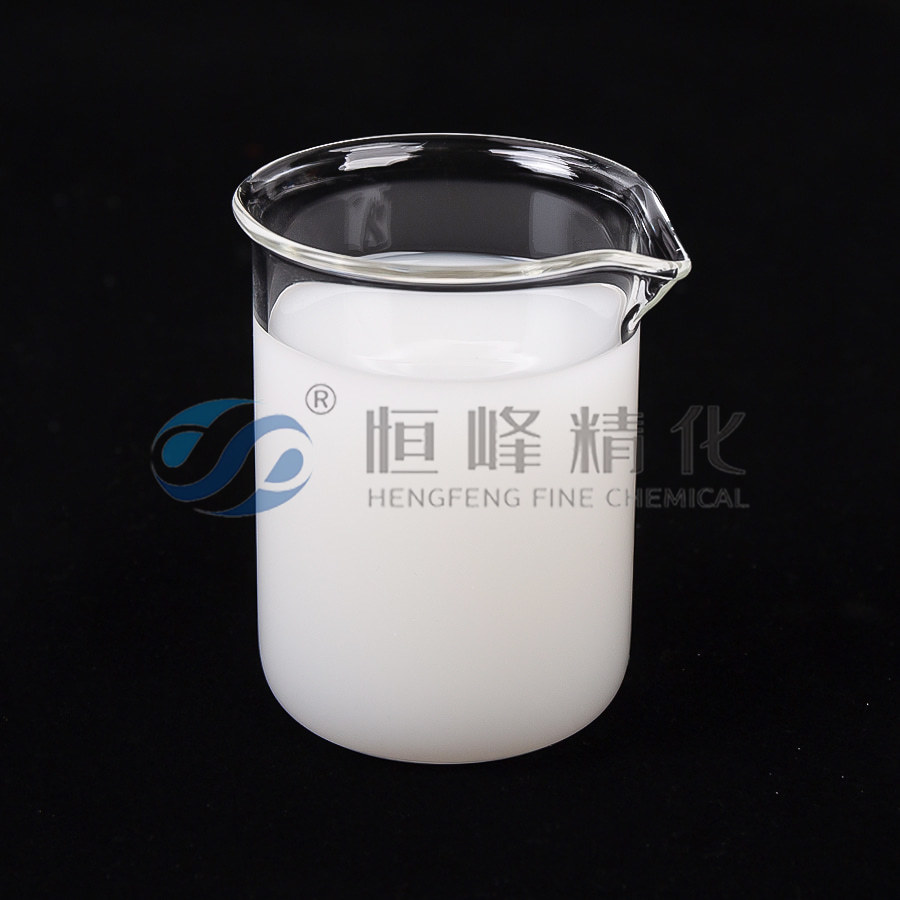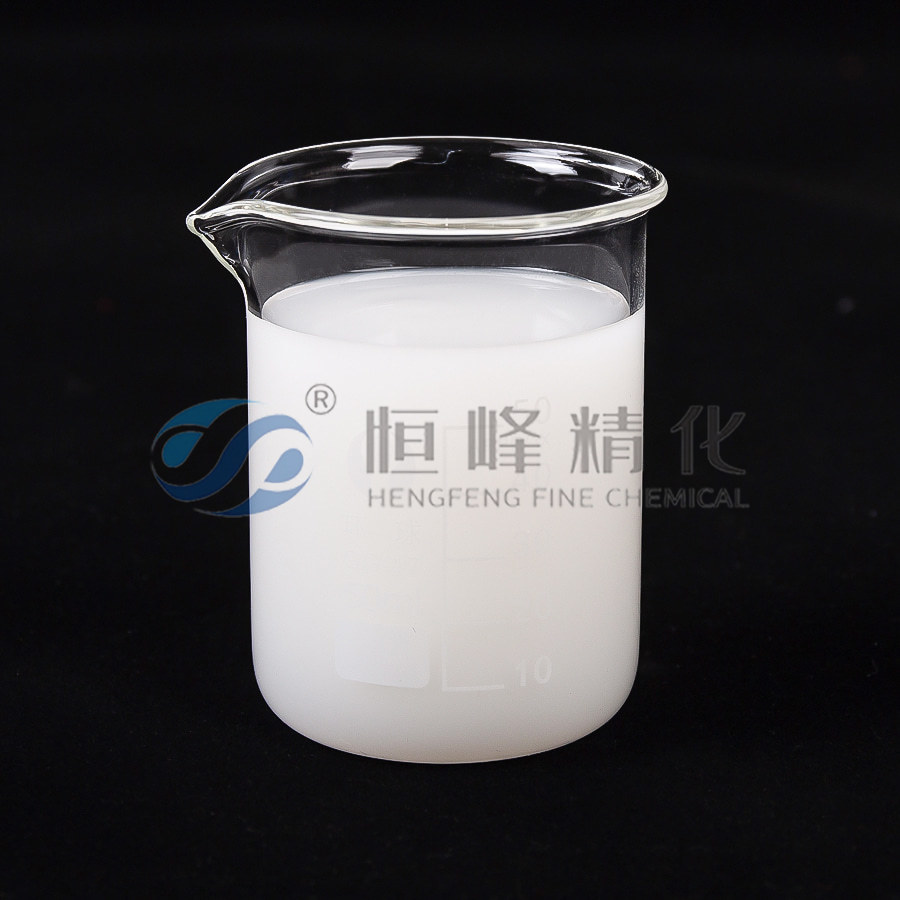Navigating the Disposal Challenges of Polyacrylamide in Oilfields
Oilfield Polyacrylamide has become a vital player in the oil extraction process, particularly in drilling and enhanced oil recovery techniques. Its unique properties, such as high viscosity and the ability to form gels, make it indispensable for drilling fluids, completion fluids, and cementing operations. However, as the industry increasingly turns to polyacrylamide for its effectiveness, it also faces significant challenges regarding its disposal after use. Understanding these challenges is crucial for environmental sustainability and regulatory compliance.
One of the primary concerns associated with polyacrylamide disposal is its potential environmental impact. While polyacrylamide itself is not classified as hazardous, its breakdown products and the residual chemicals in used drilling and recovery fluids can pose risks to soil and water quality. When these fluids are improperly disposed of, they can contaminate groundwater or soil, leading to long-term ecological damage. This raises pressing questions about the methods employed for disposal and the need for effective treatment processes before any discharge. The variability in formulations—especially when additives are included—complicates the disposal landscape, as not all formulations behave similarly in the environment.
Another challenge is regulatory compliance. Different regions and countries have varying regulations regarding the disposal of industrial chemicals, including polyacrylamide. Companies must navigate these complex regulations, which can differ significantly based on local environmental laws. Failing to comply can lead to hefty fines and reputational damage. Additionally, the regulations may require extensive documentation and testing to ensure that any disposal methods meet environmental standards. This can lead to increased operational costs and delays in project timelines.

From a practical standpoint, the logistics of polyacrylamide disposal can also be daunting. After use, the fluids containing polyacrylamide often require specific treatment processes to ensure safe disposal. This may involve solidifying the material for landfill disposal or treating it at specialized waste management facilities. The need for such facilities can lead to increased transportation costs and logistical challenges, particularly in remote oilfield locations. Furthermore, the treatment processes themselves can be resource-intensive, requiring additional time, labor, and financial investment.
Finally, there is the growing concern about sustainability. As the oil industry faces increasing scrutiny over its environmental footprint, the management of by-products like polyacrylamide will become a focal point. Companies are under pressure to develop more sustainable practices, including finding biodegradable alternatives or implementing recycling programs. This push for sustainability not only addresses environmental concerns but also enhances a company’s public image and marketability in an increasingly eco-conscious world.
While Oilfield Polyacrylamide plays a critical role in oil extraction, the challenges associated with its disposal cannot be overlooked. Environmental risks, regulatory complexities, logistical hurdles, and sustainability pressures all converge to create a multifaceted problem that the industry must address. As advancements in technology and regulatory frameworks continue to evolve, finding effective and environmentally friendly solutions for polyacrylamide disposal will be essential for the future of oilfield operations.


 English
English Español
Español عربى
عربى Русский
Русский Tiếng Việt
Tiếng Việt
















